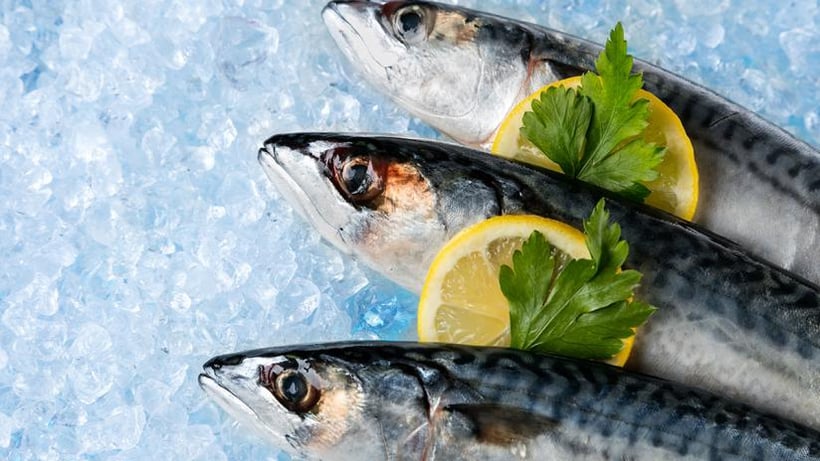
Scombroid food poisoning, sometimes referred to as histamine poisoning or just “scombroid,” is an allergic-type reaction to high levels of histamine in fish. It’s one of four main types of poisoning that result from eating fish.
Keep reading to learn everything you need to know about scombroid so you can properly store and handle fish to avoid sickness.
High doses of histamine trigger allergies
The human body needs small amounts of histamine to function, but at higher doses, histamine can trigger severe allergic reactions in certain people.
When some fish decompose, histidine, a naturally occurring amino acid, turns into histamine. Histidine can be broken down and converted to histamine when bacteria grow in fish flesh while it’s being stored.
The presence of histamine in fish always means decomposition, even if that decomposition is not apparent. If the fish smells or tastes foul, you can be sure it contains toxic levels of histamine. Sometimes, the fish will have a strange “honey-combed” appearance, which indicates that it has gone bad.
What causes scombroid?
Unlike many kinds of food poisoning, scombroid is not caused by a pathogen — such as viruses or fungi — being introduced into food. “Scombroid fish,” including tuna, bonito and mackerel, members of the Scombridae and Scomberesocidae families, already contain large amounts of free histidine that can turn into histamine when the fish are stored. Processes like cooking, freezing, canning or smoking the fish do not eliminate the histamine.
Causes are not limited to scombroid fish. More sources are:
- other fish, e.g. marlin, herring, sardines, mahi-mahi
- some other foods such as cheese
Risk varies person to person
Anyone who is prone to allergic reactions is more likely to experience this type of food poisoning. Also, the amount of histamine required to cause symptoms may vary from person to person, and histamines can be distributed unevenly throughout one piece of fish. This means that people sharing a portion of fish may experience no symptoms, mild or moderate symptoms, or even severe symptoms.
Spot the symptoms
It can be a challenge to recognise scombroid poisoning as the signs are similar to other kinds of allergic reaction. The symptoms usually start to show up right away or up to several hours after eating food with high levels of histamine. The symptoms can last anywhere from a few hours to several days.
The most commonly reported symptoms include:
- diarrhoea
- dizziness, tingling
- heart palpitations
- swelling of the face
- itchy, flushed skin
- rash
- burning throat and/or peppery taste in mouth
- headache
- vomiting and/or stomach pain
Whether you suffer from allergies or not, you’re probably aware of antihistamines: these drugs reduce or block histamines to stop most allergy symptoms. Scombroid poisoning can be treated with an antihistamine such as diphenhydramine or ranitidine, or epinephrine in more severe cases.
Take care to prevent scombroid
It’s much easier to prevent an illness than to treat it. Prevent scombroid by taking a few basic steps such as keeping fish refrigerated during transportation and storage, only buying seafood from reputable suppliers, asking retail employees about fish freshness, and doing a brief visual and smell test. When in doubt, throw it out!
Reach out to your physician if you do notice signs of scombroid.
The best way to prevent any kind of food-related sickness is through education and comprehensive training. The Australian Institute of Food Safety (AIFS) provides training on this, and many other essential food safety topics, through its Food Handler Course.




